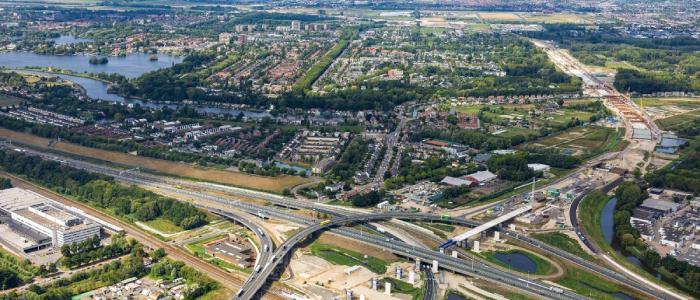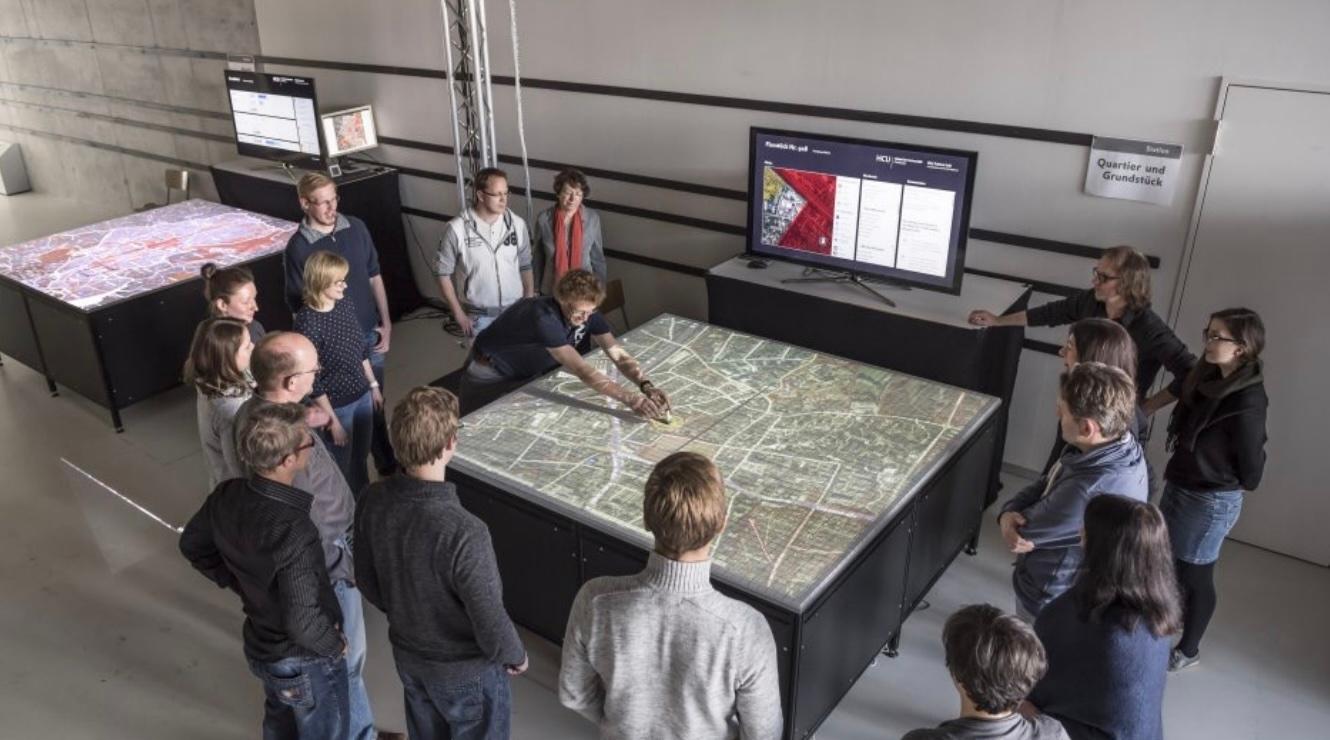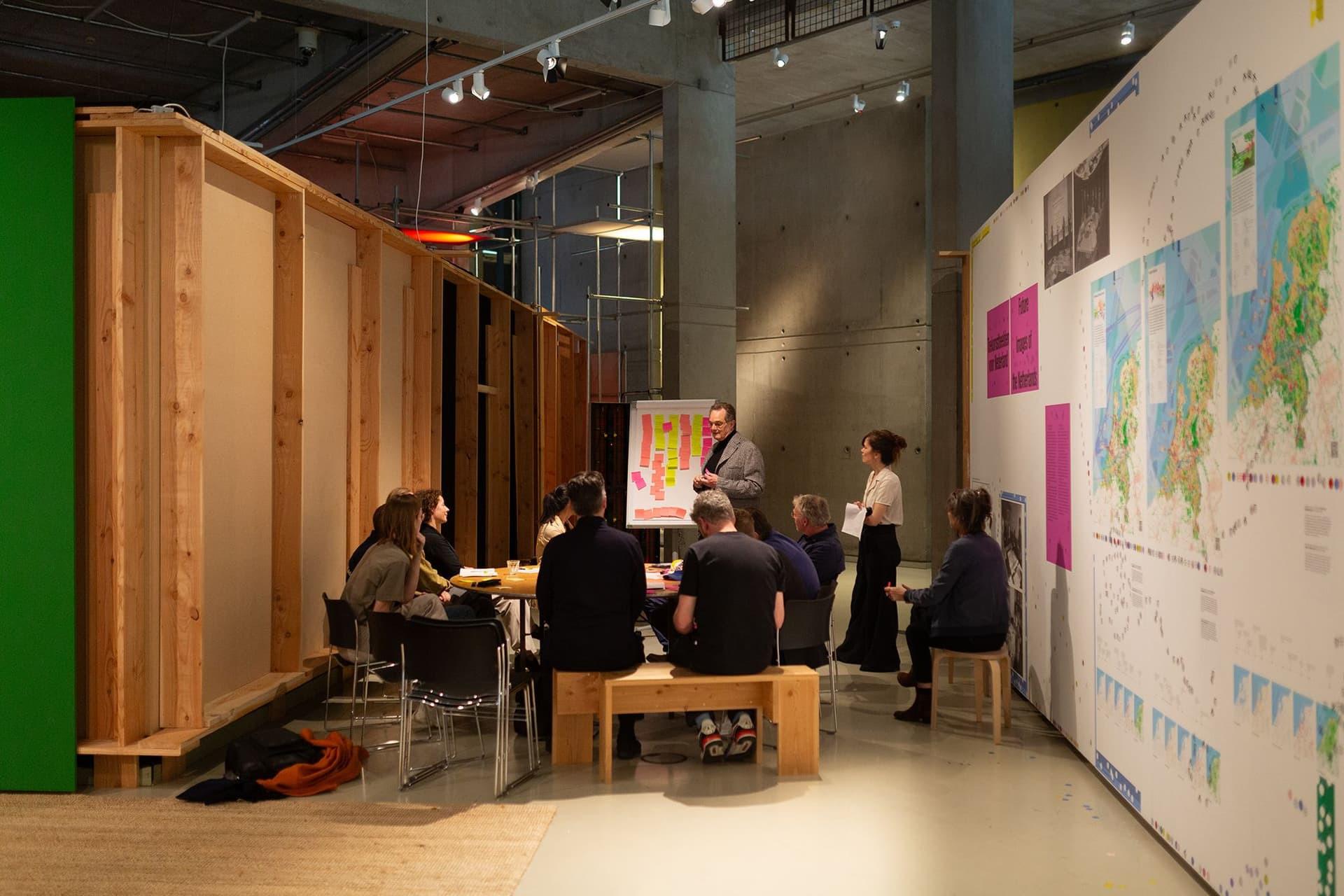The third working session of Atelier A16 Rotterdam’s research by design project, Mobility as a Flywheel for Change, took place on 10 April 2024. On behalf of the City of Rotterdam and the Department of Waterways and Public Works, and in collaboration with Delft University of Technology, the Ministry of Infrastructure and Water Management, and the Independent network for metropolitan development, the IABR Atelier aims to visualize the future of the A16 and surrounding area through research by design and to develop new tools.
The central question of the Atelier is how the interaction between the A16 area and the city of Rotterdam, including the developments in the east of the city, can contribute to the creation of extensive value and a new perspective on infrastructure and the environment as a flywheel for change.
During the working session held on 10 April, several experts, and the design teams H+N+S and West 8, came together to map the various flows and bottlenecks in the A16 area. The design teams presented their initial thoughts on the challenge; this was followed by short lectures from three experts in the field of urban ecology and urban development. This set the stage for reflection on the different flows in the area. In two breakout sessions, participants discussed in more detail the transpositions and movement routines of various elements in the east of the city including residents, visitors, and passers-by as well as animals, plants, water, cables, and pipelines, and the influence of air quality and noise.
IABR lead designer Iris Wijn emphasized the complexity of the area and the importance of not only asking questions, but also exploring the challenges behind those questions. She drew attention to the importance of connections for local traffic, the challenges of a changing urban environment, and the need for a large-scale mobility transition.
H+N+S shared their initial analyses and insights, having examined the relationship between infrastructure and landscape from a historical perspective, seeing the A16 not only as an obstacle, but explicitly as a driver of urban development. West 8 presented a manifesto for a living infrastructure, emphasizing the importance of minimizing barriers in the area.
Joyce van den Berg, senior designer, and landscape architect for the city of Amsterdam, presented an integrated design method for the public space, emphasizing the complexity of the subsurface and underscoring the importance of a data-driven approach to design and management. Urban ecologist Dolf van der Gaag spoke about the ecology of the area, highlighting the importance of connections between ecological hotspots and challenges related to noise, air quality, and external safety. Daniel Koster, environmental advisor for the city of Rotterdam, discussed concrete challenges related to air quality, noise and external safety, and advised on possible solutions such as air/noise screens, and the importance of integrating social values into design directions.
Discussions focused on funding, collaboration, and the need for an integrated approach to sustainable development. Overall, the working session highlighted the complexity of the A16 area and underscored the importance of a multidisciplinary approach to achieve a value creation that delivers both economic and social benefits.






